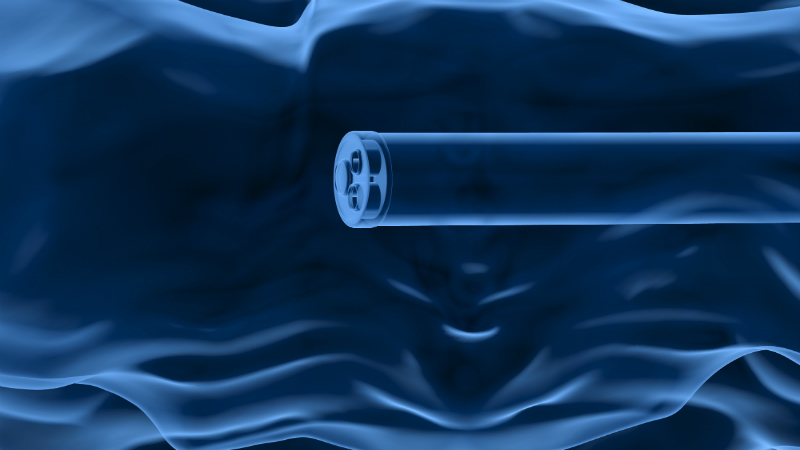Flexible flat cable, or FFC, is also known as flat flex cable. This is a specialized type of cable that is most often associated with electronics and computers, although with the use of computerized operation of machines and equipment of all types it is used in virtually all industries and in many applications.
The benefit of flat flex cable is really in its design and function. It is, as the name implies, that wider but almost paper thin plastic type of cable, sometimes known as ribbon cable, but smaller. Within the plastic base or form of the cable, there are metallic conducts that are attached to one of the surfaces of the cable. This allows the electronical signal to move down the cable effectively and efficiently even if the cable is bent or folded.
With both ends of the flat flex cable reinforced and fitted with a connector, the FFC is a very practical type of cable when space is a concern. If you open up any laptop or desktop, you will see FFC is used with the hard drive as well as in connecting other internal components.
Advantages
The main advantages to flat flex cable are the minimal space requirements of the cable even in small applications such as hand-held electronics or other types of very small electronics including smartphones, tablets, and even the small notebook computers.
In addition, unlike traditional round cable that cannot be easily bent into tight spaces, the FFC is highly maneuverable and bending or twisting of the cable does not result in poor performance. In addition, the design of the FFC is less likely to create issues with electromagnetic interference (EMI) or radio frequency interference or RFI.
This is again particularly important in small electronics where close proximity of components coupled with high levels of sensitivity to EMI or RFI is a major concern in design and performance.
Considerations
When selecting flat flex cable, it is important to consider both the types of connectors required at either end of the cable as well as the width and length of the cable required.
These cables are also designed with a specific pitch, or the spacing of the conductors through the flat flex cable. While there are some specific types of cables that are designed with a different pitch with the cable, most have a uniform pitch of between 0.500 and 1.00mm.







